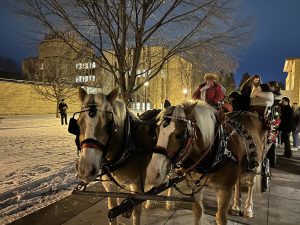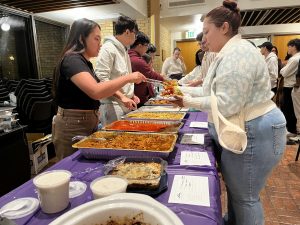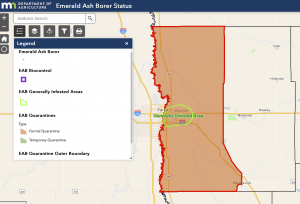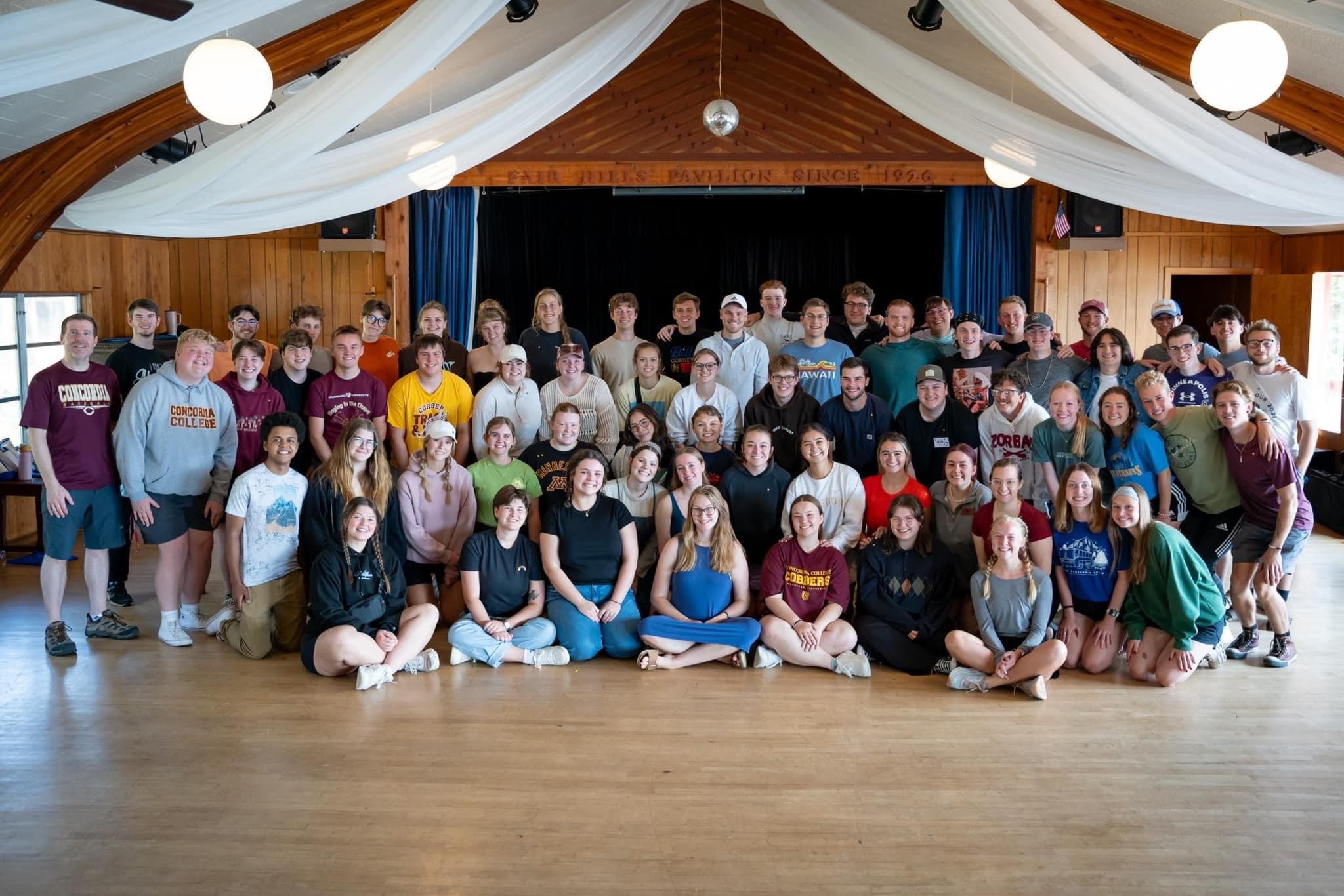While gun violence remains a prevalent issue in the United States, with an increase of 23% from 2019 to 2021 according to Pew Research, it remains important that people stay informed about what steps to take during an active shooter incident.
Concordia has held four active shooter trainings in September to teach faculty and students the steps to an active shooter incident.
Director of Public Safety Bill MacDonald leads these trainings and believes the active training shooters each semester is essential for students and faculty to remain informed about what steps to take if an active shooter incident were to happen at Concordia.
“These mass shootings happen way too frequently, almost weekly, across the country. So, if this happens here at Concordia, or really anywhere else, what should you do?” said MacDonald during his presentation.
The standard procedure for active shooter situations according to Homeland Security is to first try and evacuate.
“The sooner you get out, the sooner you put distance between yourself and the threat is better,” MacDonald said.
The second step to responding to an active shooter is to hide and wait until it is safe to evacuate or until police arrive. Locking doors and creating obstacles are the best ways to protect oneself according to MacDonald.
The third, and last resort, is to fight and incapacitate the shooter. MacDonald said that it is important to remember that not everyone will respond to an active shooter the same way. He also stresses the importance of committing to actions to effectively try and immobilize the shooter.
“You can take this training anywhere. You can take it to restaurants, to malls, to churches. It’s the same type of response,” said MacDonald.
One of the pieces of advice MacDonald thinks everyone should listen to is this: “it is never just fireworks”. If you think it sounded like gunshots, treat it as though it is gunshots.
While students have been receiving active shooter training since their kindergarten years, MacDonald believes these training sessions are useful for students and staff alike.
“There’s plenty of new information but people think it’s like tornado drills, they’ve done it,” said MacDonald. “One main difference is students come here from K-12, so they have training for that one specific building that is mostly locked down. Well, now they’re on a college campus where we are wide open, and that’s a big difference.”
Although students and staff alike have heard these steps long before coming to Concordia, there are still questions that can come up during the sessions. One of these questions was raised by a faculty member asking about the role professors play in making decisions for them and their students in the case of an active shooter.
“Unofficially, yes. You’re probably going to have responsibility for the people in your class. If students don’t want to leave for whatever reason, you can’t force them to. But, you can certainly encourage them to leave,” said MacDonald.
An important part of these sessions is going over how the Public Safety Department and the Moorhead police would respond to an active shooter, and the protocol that would be followed. This information includes who will be coming onto campus to help, when they will be ready to evacuate those hiding and instructions about what to do if you are the one to call 911.
In Moorhead, the option to text 911 in an emergency is available. In the case of an active shooter in the area, the best thing to do would be to stay quiet and text 911 the location and type of emergency.
According to the Minnesota Department of Public Safety, responses to 911 texts may not be immediate, as it takes time for a response to be typed, but texts are monitored the same way phone calls are. When texting 911, people should be prepared to answer further questions from the police like how one would on a normal phone call.
Within Concordia, people can take steps to be prepared if an active shooter or any emergency arises. The first is to know that Concordia has a backup website, in case the main website crashes during an emergency.
“That will have the updated information, the long-term information, but you don’t want to rely on that for emergency messaging. It doesn’t get done in a timely manner,” MacDonald said.
People at Concordia can sign up for Omnilert e2 campus, which is Concordia’s emergency messaging system. Public safety encourages everyone to sign up for this messaging system because it is the quickest way to receive information.
Emails will automatically be sent to college issued email accounts, but people can also register two off campus accounts, email or phone number and receive the messages that way as well.
Messages during an active shooter emergency will include information like the location of the shooter, as well as reminders of the “run, hide, fight” protocol. There will be messages about when police have shown up on campus, and the final message will be an “all clear” followed by the announcement that campus is closed.
This year public safety has started locking some of the buildings at 5 p.m. on weeknights and on the weekends as a new safety precaution. “It’s to keep unwanted people out of our buildings after hours,” MacDonald said.
These training sessions are held at the start of each semester. The last one for this semester will be held from 10-11 a.m., Monday, Oct. 9 in Jones A/B, located on the upper level of Knutson Campus Center.







Be First to Comment